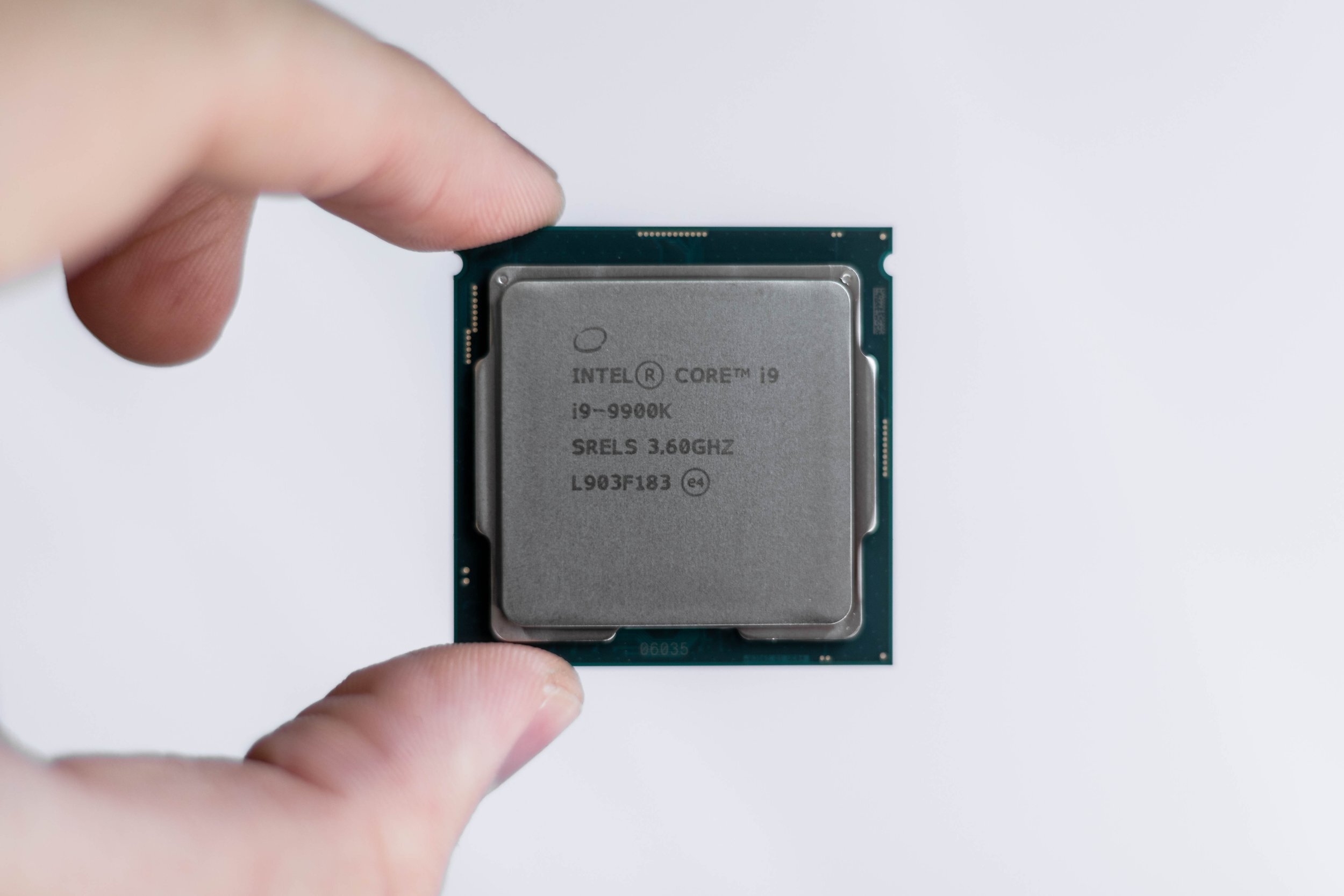Best Custom PC Rig for Timelapse and Video Editing - $3,000
At a Glance
This PC tower cost about $3,000, touting an i9 processor, 64 GB of Ram, 8GB of GPU, and, among other specs, 12TB of total storage across 3 hard drives for optimized editing.
Switching from Mac to PC
The day has finally come, I have decided to switch from Mac to PC for my creative photo / video editing and rendering. This is as much a surprise to myself as it is for any Mac person that may be reading this. I have used both Mac and PC for around 12 years. I soon realized my creativity was being severely limited by my tech.
Granted, I could have spent $10,000 at the Apple store to buy a comparable computer. But if the Apple software releases would inevitably slow it down after 3 years that seems like an impressive waste of money. This decision was spurred by Mac’s unnecessary rising costs, their implementation of planned obsolescence, and apple’s inability to strike a strategic alliance / partnership with Nvidia, the lead manufacturer of high performing graphics cards.
Necessary Computer Parts
Computer Case / Tower
Motherboard
Central Processing Unit (CPU)
Fan or Liquid CPU Cooling
Graphics Processing Unit (GPU)
RAM Memory
Hard-drive File Storage
Power Supply Unit (PSU)
Other Important Items:
Operating System (Windows 10, Linux, etc)
Monitor
Keyboard
Mouse
Evolving Needs
Over the last 7 years I have evolved from an occasional landscape photographer, to portrait photographer, to urban explorer, to timelapse artist, to drone pilot, to aerial cinematographer, to video editor, and finally to storyteller. My tech was not moving fast enough for the timelapse sequences and aerial footage I was collecting.
My previous Macbook pro was bottle-necking when I started shooting timelapses and editing 4k footage. Rendering a 1000 frame timelapse would take about 3 hours of selecting and color correcting key frames to 12 hours of overnight rendering to 4k footage. Admittedly this was a barrier that I tried to wrestle with for far too long and I was long overdue for a computer upgrade.
This new PC Tower takes about 10 minutes to select / color correct keyframes and 30 minutes to render to 4k. That is a colossal improvement. Being able to play 4k footage without my computer lagging or quickly loading video into Premiere / After Effects / DaVinci Resolve and converting codecs has been a delight.
Parts List
Let’s dive in, here are the components I ordered and the reasons why I chose each part to optimize timelapse rendering and video editing.
MidTower Case - Corsair Obsidian Series 500D RGB SE
I chose the Corsair Obsidian Series 500D RGB SE because the glass enclosures are easy to open so your internal parts are easy to access. It comes with 3 RGB fans built right into the case which cut the cost of needing to order them separately, and the case is future-proofed with two USB 3.1 and one USB C ports on the top. It’s also damn pretty, showing off all the RGB lights I jammed into this thing.
Motherboard - Z390 Aurus Pro
The Gigabyte Z390 AORUS PRO WiFi was a slick motherboard choice. Gigabyte supports Corsair’s iCUE RGB software out of the box, which not only allows you to control the decorative lights across your entire system, but it also gives you a robust platform to monitor fan speeds and CPU temperature. It has one USB C, two USB 3.1, 3 USB 3.0 and 4 USB 2.0 ports among an HDMI and other connectors.
It also allows the option to install two GPUs and up to 128GB of RAM which provides a perfect sense of future-proofing.
CPU - Intel i9 9900k
The Intel Core i9 9900K is a beast of a processor and a great value given its performance to cost ratio. It’s not necessarily a budget processor, but any processor that’s significantly more expensive is only marginally more powerful. This is the best cost-effective processor if you keep in mind diminishing returns. Trust me.
With 8 cores performing at high core-clock speeds, this CPU is optimized for editing Cinema DNG. Cinema DNG is a RAW video file-format which greatly enhances the flexibility of editing video in post-process. Cinema DNG is basically a sequence of RAW images paired with corresponding Audio.
Timelapse sequences of RAW images are essentially Cinema DNGs just without Audio. This PC build was created mostly for ripping through timelapses, so it was only natural that I chose Intel’s Core i9 9900K processor.
**Keep in mind, if you’re regularly editing RED footage, you’ll want to select a CPU that has more cores but will not require high core-clock speeds. A popularly referenced CPU is the AMD Threadripper 2990WX. Keep in mind though you’d need to find a compatible Motherboard and other components that complement the devices.
Liquid CPU Cooling - Corsair H115i
I chose the CORSAIR H115i RGB PLATINUM AIO Liquid CPU Cooler,280mm because this liquid cooler actively tracks the temperature of your CPU and fully integrates with Corsair’s iCUE software. It’s also beautifully RGB.
GPU - GeForce RTX 2070 8G
The Gigabyte GeForce RTX 2070 8G is a high performing yet cost-effective Graphics Card, allowing 8GB of Graphics memory, 3 built-in fans, and Nvidia recently released a software driver that grants this GPU 10-bit color support. It also has an additional USB C port in the back as well as an HDMI and 3 display ports.
RAM - 64GBs of Corsair Vengence RGB Pro
Since all RAM is super fast, it doesn’t normally matter which memory sticks are better than others because you’ll never notice much of a performance difference. The only thing that really matters is having enough of it. I opted in for 64GBs of RAM - (4x16GB) - by getting 2 of the Corsair Vengeance RGB PRO 32GB (2x16GB) Corsair Memory Stick packs. The RGB lighting syncs nicely with the rig as well and I’ll have the ability to upgrade to 128GB of RAM in the future if I wanted to.
Quick Note About Hard Drives
A 3 drive system allows you to allocate tasks and maximize your computer’s efficiency when processing timelapses and 4k video. In essence, we’ll have the first drive be a dedicated software / operating system drive, the second drive be the video production / render drive, and the third drive be the mass storage archival drive.
1 - Software Drive - Solid State SSD (1TB)
I chose the Samsung SSD 860 EVO 1TB to load my software onto. It is highly regarded among the PC building community and they aren’t anywhere near as expensive as they used to be. This is the drive I chose to load the operating system (Windows 10), as well as all my programs, applications, and software. It is also where I will keep regular person documents such as PDFs and word files. It is in part, the everyday drive that keeps the computer rolling.
2 - Production Drive - NVMe SSD Drive (1TB)
The Samsung 970 EVO Plus 1TB was a great choice for a production drive. NVMe drives are reported as being 5x faster than SSD drives, which are already speedy devices. Also, these drives plug directly into the motherboard as a computer chip so there are no cables to worry about. This is the drive you’ll want to render your timelapse and edit videos directly off of. Anything related to creative production I will exclusively be using this drive.
3 - Mass Storage Drive - Spinning Disk HDD Hard Drive (10TB)
Then, of course, we have our traditional spinning disk hard drives (HDDs). These hard drives are slow but the cost per TB is very cheap. This is where I store all the files/photos / videos that I’m currently not working on. This drive is exclusively for mass storage. I opted to get the Seagate BarraCuda Pro 10TB HDD for it’s reported reliability. I already regret not getting the 12TB BarraCuda, but my midtower case supports space for 2 SSDs and 2 HDDs.
Power Supply Unit (PSU) - Corsair HX750
Figuring out which PSU to get was actually not as easy as I first thought. If you get a PSU that supplies too much power to your console, you’ll risk slowing your machine down. Too little, and your machine won’t function properly. I landed on the Corsair HX750 - 750 Watt PSU after using Outer Vision’s PSU Wattage Calculator based on the equipment that I selected.
Operating System - Windows 10
I chose Windows 10 and you should too. Unless you’re interested in a Linux system.
Monitor
Get a couple of Dell Ultrasharp 27-Inch 4K IPS Monitors. Dual monitors are great and these re highly regarded.
Keyboard
I couldn’t resist getting a funky RGB keyboard - Corsair K68 RGB Mechanical Keyboard which will sync with iCUE, Corsair’s RGB lighting system.
Mouse
I kept this one simple, I bought one of these for $5 a while back. Works as expected, but it’s nothing special.
Optional Add-Ons
I opted to purchase an Additional RGB Fan which blows hot air out the back of the Mid-Tower and RGB Magnetic Lighting Strips to compliment the rest of the tech.
If you enjoyed this article, feel free to check out our Aerial and Timelapse YouTube Channel!




